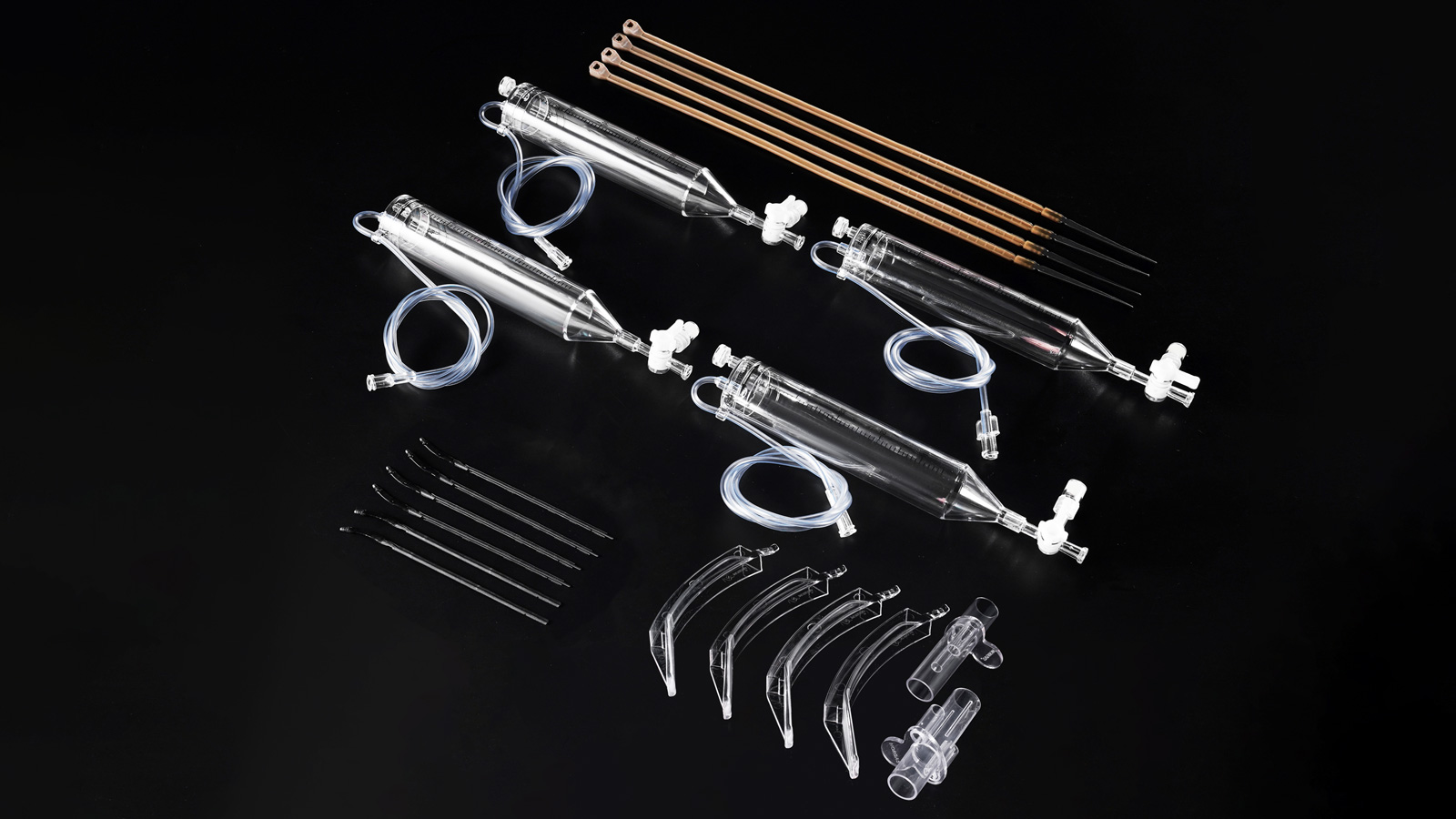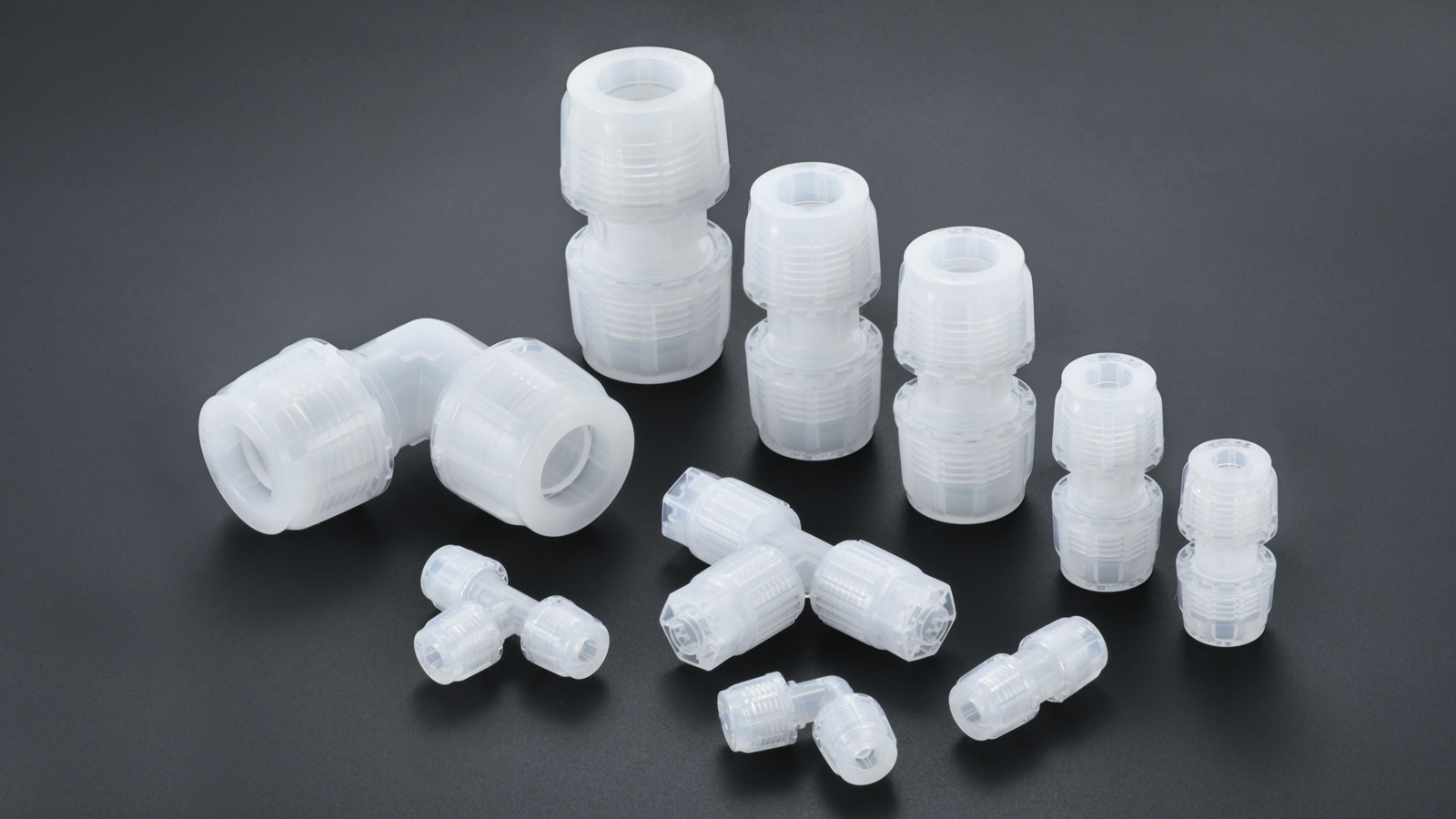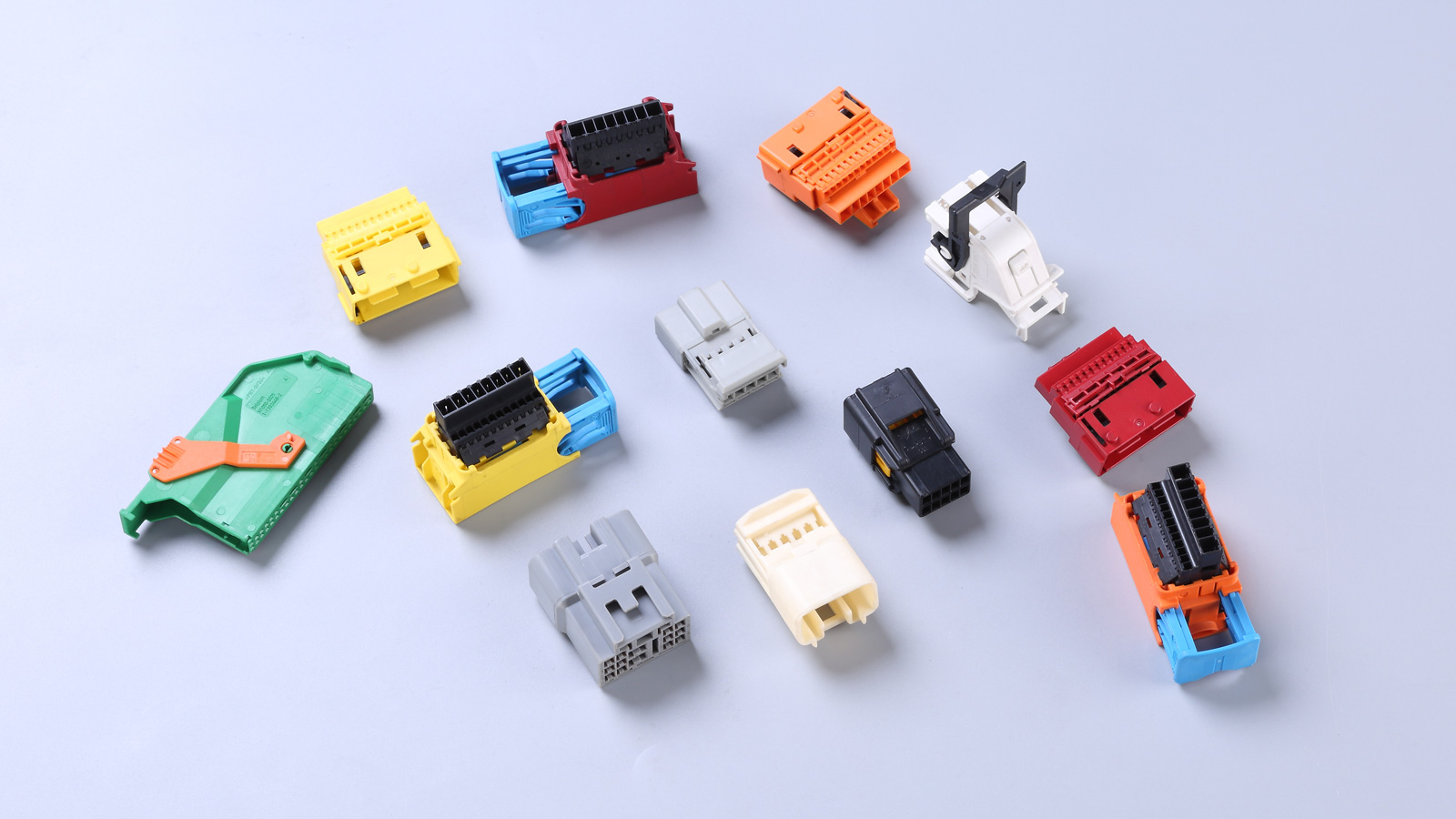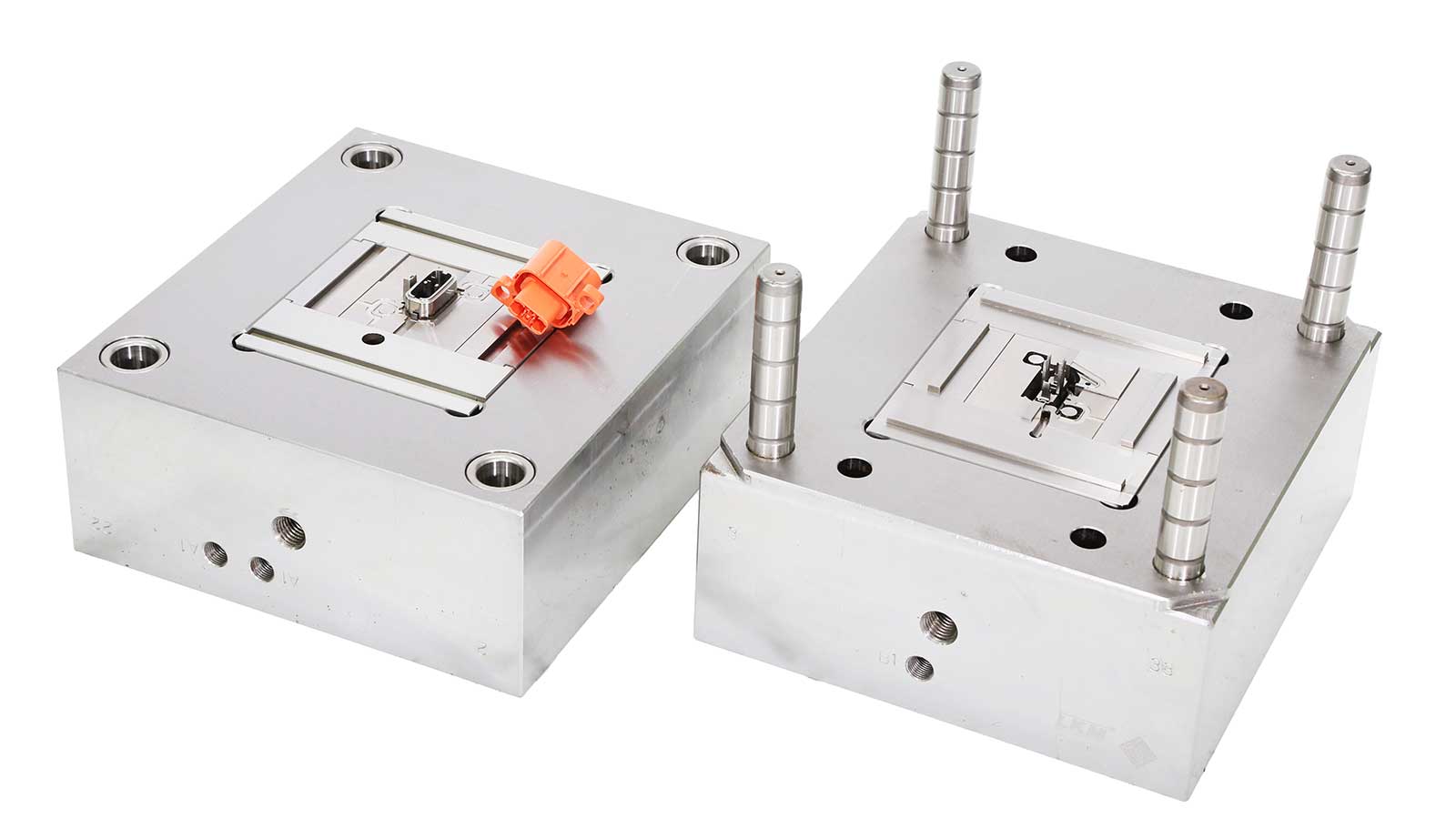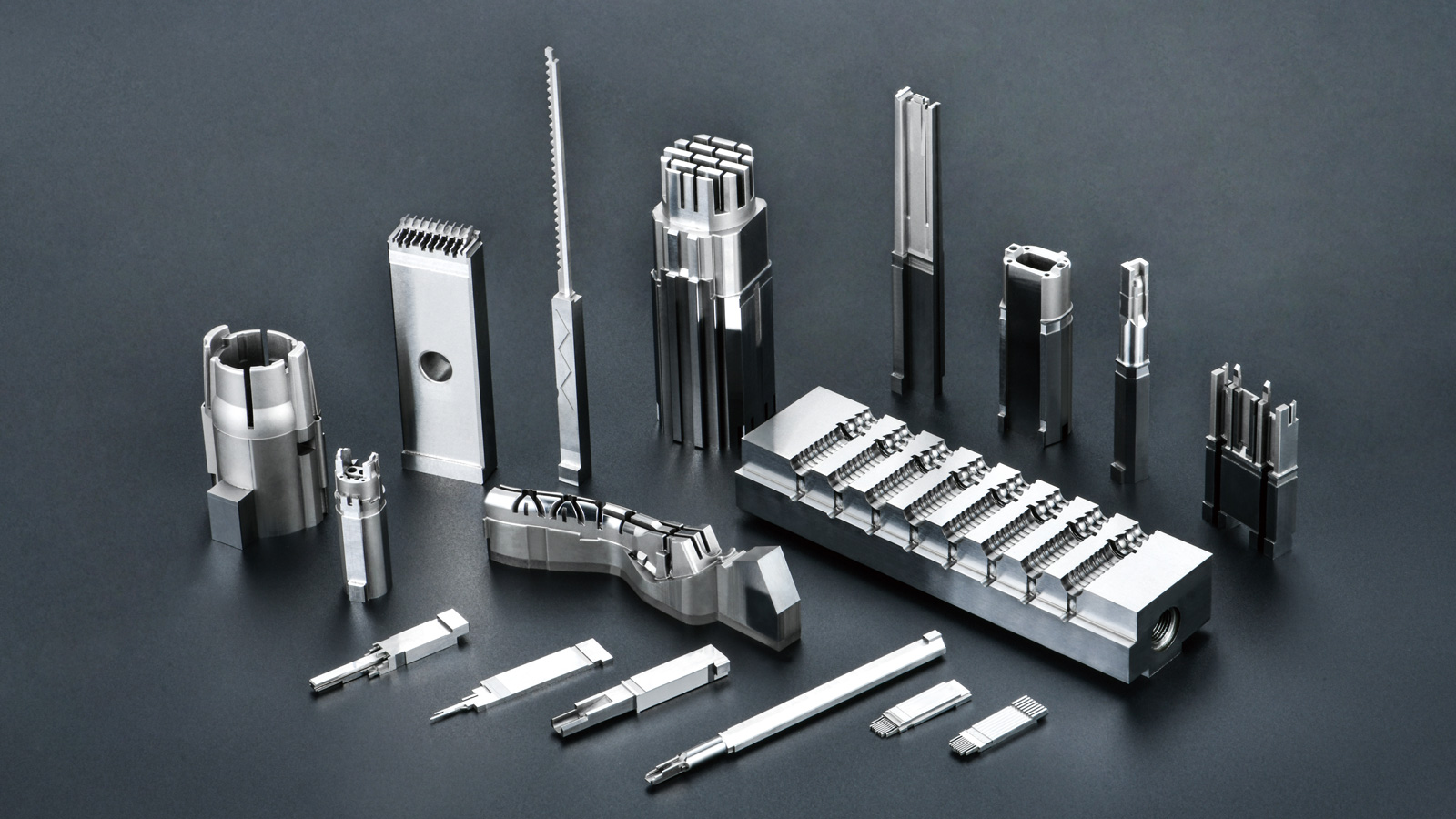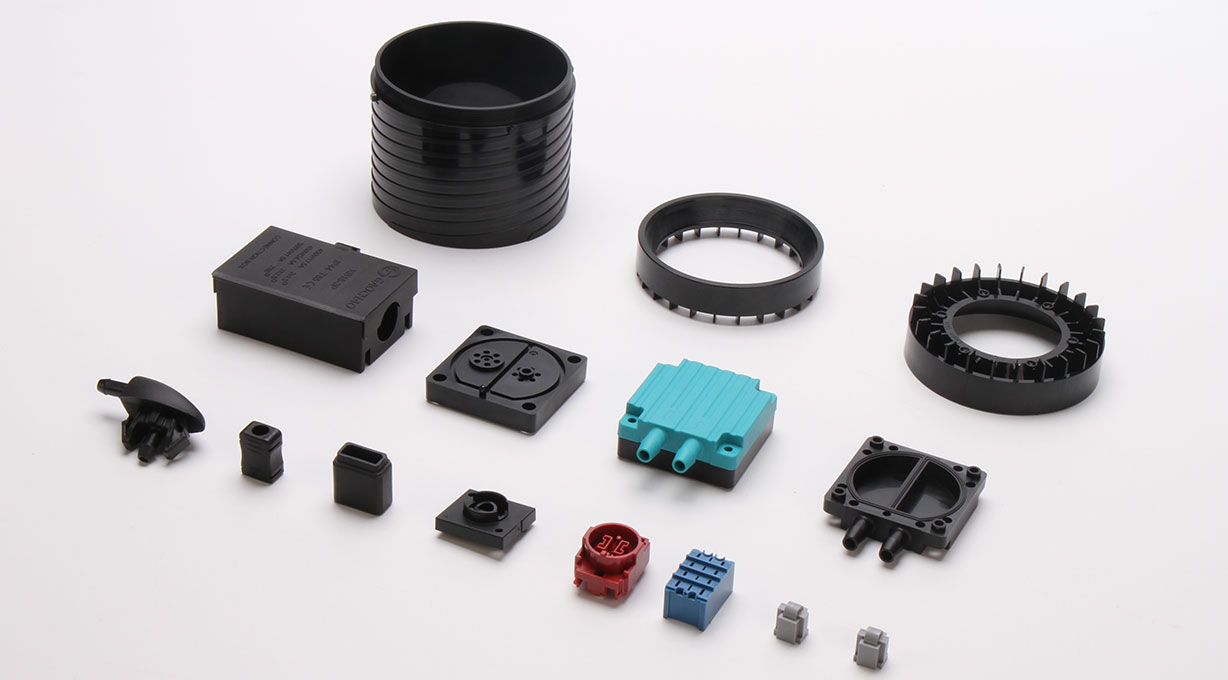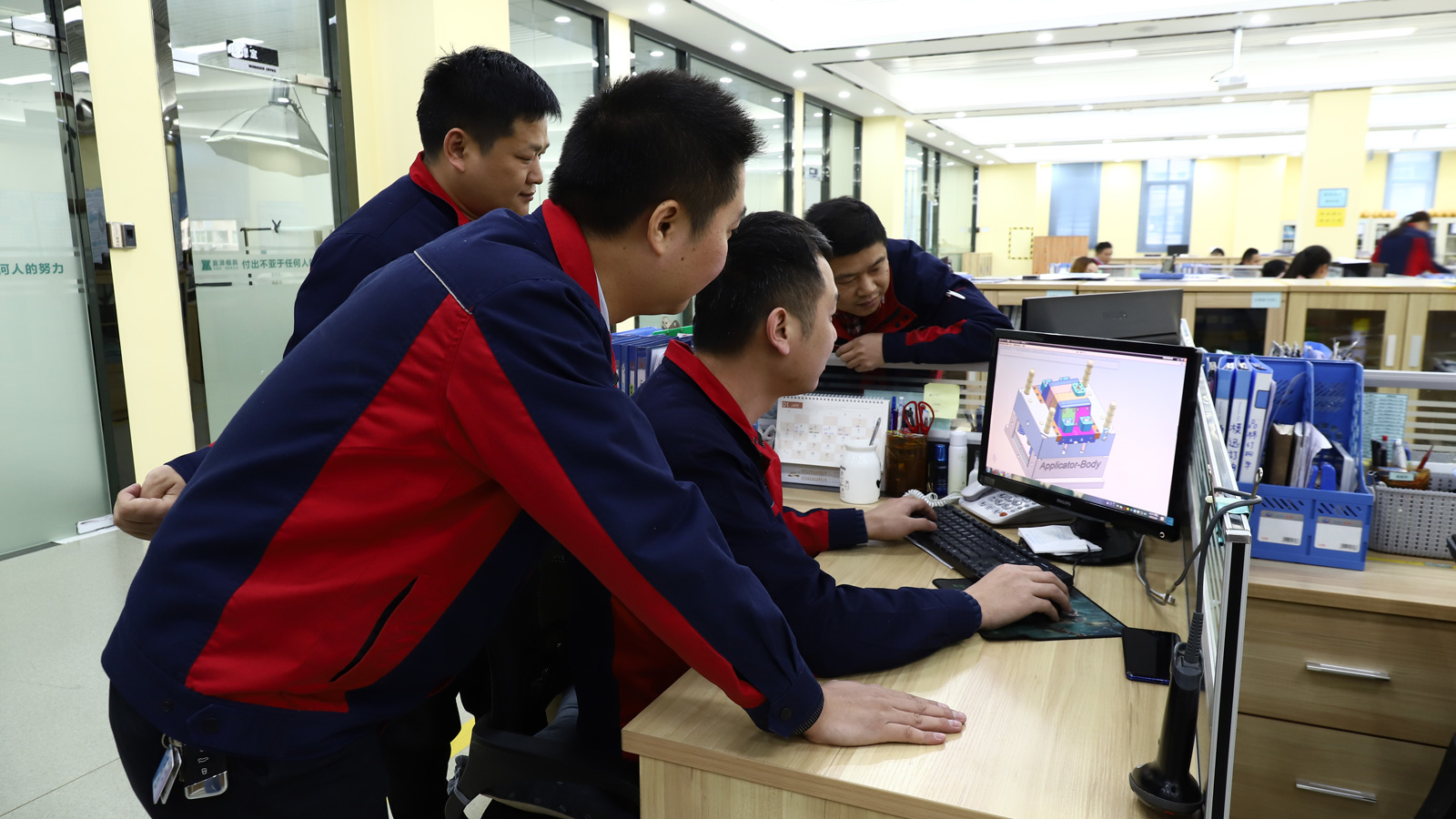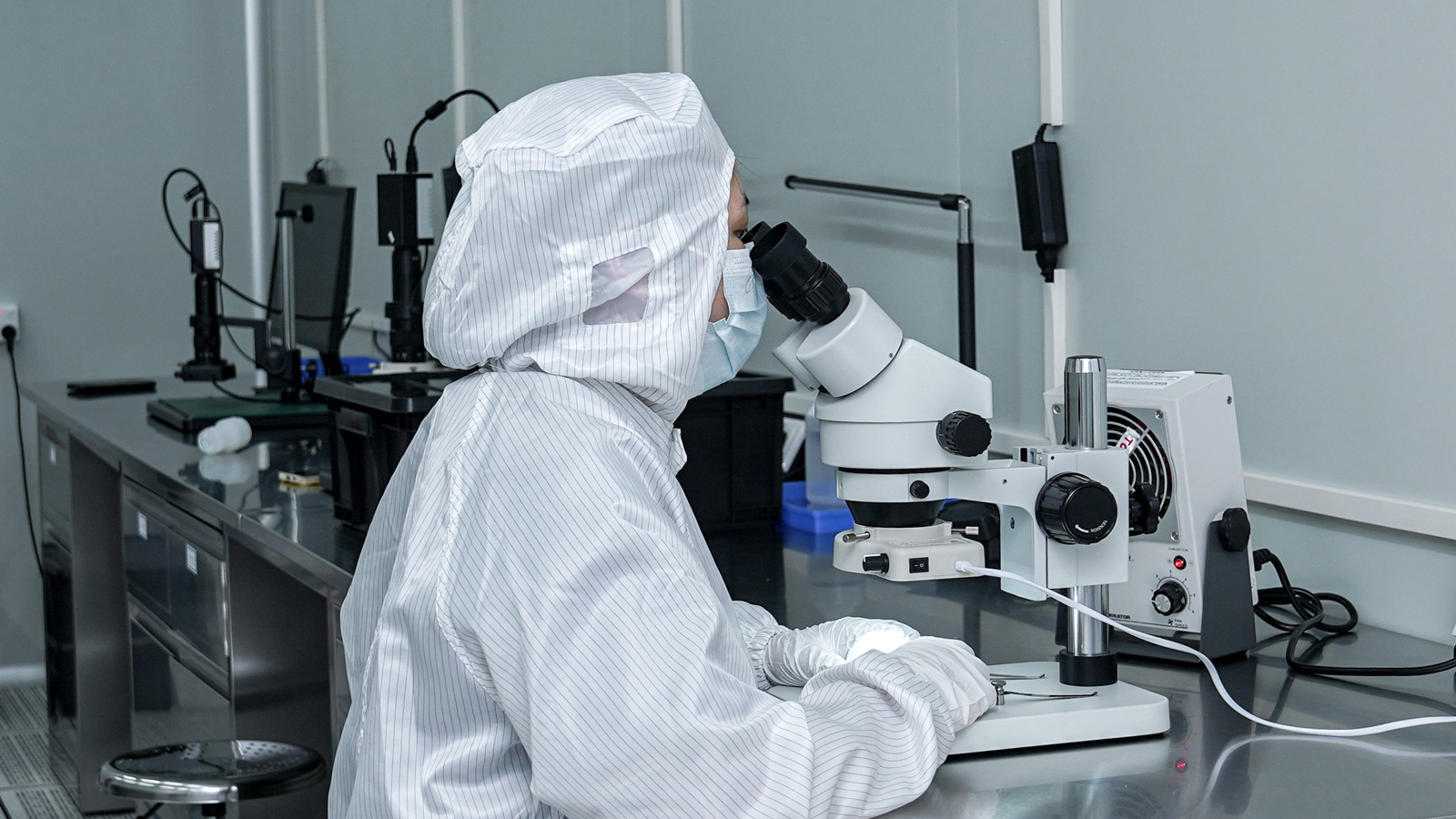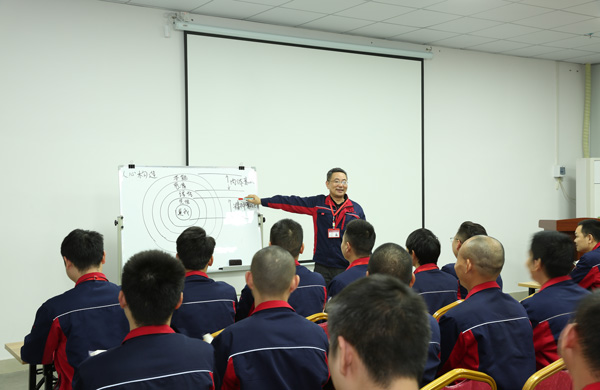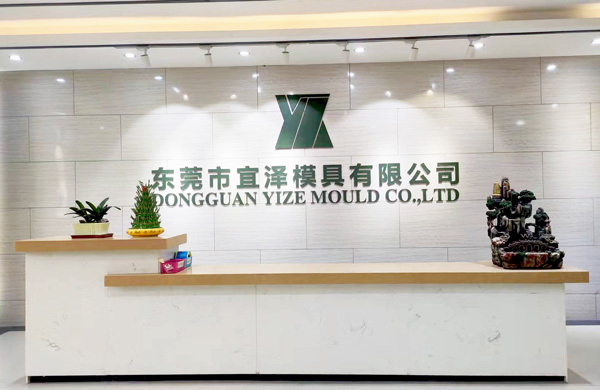Polyetheretherketone (PEEK), a high-performance specialty engineering polymer, has emerged as a cornerstone material in advanced manufacturing sectors such as aerospace, medical devices, automotive engineering, and electronics, owing to its unique molecular structure and material properties. This article explores its technological attributes, process advantages, and industrial applications.
1. Technological Characteristics and Process Advantages of PEEK Injection Molding
1.1 Superior Mechanical and Thermal Performance
PEEK is a semi-crystalline aromatic thermoplastic with a tensile strength of 90 MPa, flexural modulus of 3.8 GPa, and creep resistance comparable to metal alloys. Its melting point reaches 334°C, enabling long-term service at 250°C and short-term resistance up to 300°C without thermal degradation above 500°C. In injection molding, mold preheating above 150°C and barrel temperatures of 330–360°C are critical to minimize shrinkage (1.2–2.4%).
1.2 Exceptional Chemical Resistance and Biocompatibility
PEEK resists most chemical agents except concentrated sulfuric acid and maintains performance under high-pressure steam (≥200°C). FDA-approved PEEK cranial implants, with a density (1.265–1.32 g/cm³) and elastic modulus (3–4 GPa) matching human bone, reduce stress shielding effects compared to titanium alloys.
1.3 Precision Molding and Lightweight Potential
PEEK injection molding achieves complex topologies with wall thickness precision of 0.015 mm and surface roughness (Ra) ≤0.1 μm. For example, UAV structural frames reduce weight by 58% versus aluminum while meeting fatigue strength requirements (10⁷ cycles without fracture). Automotive PEEK gears lower friction coefficients (0.1–0.2) by 60% compared to metals.
1.4 Smart and Customizable Manufacturing
Advances in 3D-printed molds reduce PEEK tooling lead times to 10 days. Multi-material co-injection integrates PC transparent windows with PEEK structural components, as demonstrated in surgical robot joints (dimensional tolerance ±0.02 mm, ISO 13485-compliant).
2. Industrial Applications of PEEK Injection Molding
2.1 Medical Devices
- Implants: PEEK spinal cages and acetabular cups enable CT/MRI compatibility due to low X-ray attenuation.
- Surgical Instruments: PEEK ultrasonic scalpel handles and endoscope sheaths withstand 3,000 autoclave cycles (134°C) while maintaining 0.3 mm wall thickness and 170 MPa flexural strength.
- Extracorporeal Equipment: Hemodialyzer casings exhibit 3× solvent resistance and 5-year lifespans versus PC.
2.2 Aerospace
- Structural Components: Airbus A350 wing fairings reduce weight by 30% versus aluminum while enduring 150°C thermal cycling.
- Connectors: Satellite propulsion valve seals achieve 10⁻⁹ Pa·m³/s leak rates with radiation resistance (10⁷ rad) and cryogenic performance (–196°C).
2.3 Automotive
- Powertrain: PEEK turbocharger impellers withstand 240°C continuous operation, improving efficiency by 5% over aluminum.
- Chassis: PEEK bushings reduce friction (0.08) and wear by 2× versus PTFE coatings, extending lifespan to 500,000 km.
2.4 Electronics
- Semiconductor: PEEK wafer carriers meet Class 1 cleanroom standards with zero outgassing at 180°C vacuum.
- 5G Communications: PEEK filter cavities reduce dielectric loss (tanδ ≤0.002) and costs by 40% versus alumina ceramics.
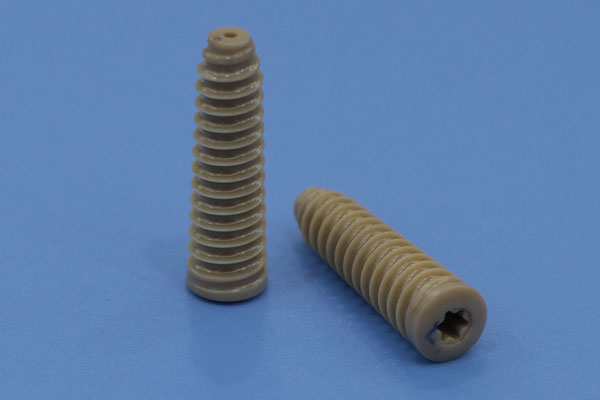
3. Technical Challenges and Future Trends
PEEK’s high melting point (334°C) and viscosity necessitate specialized screws (L/D 18:1–24:1) and 3-hour pre-drying at 150°C to control moisture ≤0.02%. Future advancements in modified PEEK (e.g., carbon fiber/graphene composites) aim to enhance thermal conductivity to 1 W/(m·K), expanding applications in thermal management modules.
Conclusion
PEEK injection molding delivers lightweight, high-performance solutions for premium industries. Integration with smart manufacturing and material innovation will unlock frontier applications in humanoid robot joints, nuclear valve seals, and beyond, driving global industry toward higher precision, durability, and energy efficiency.
